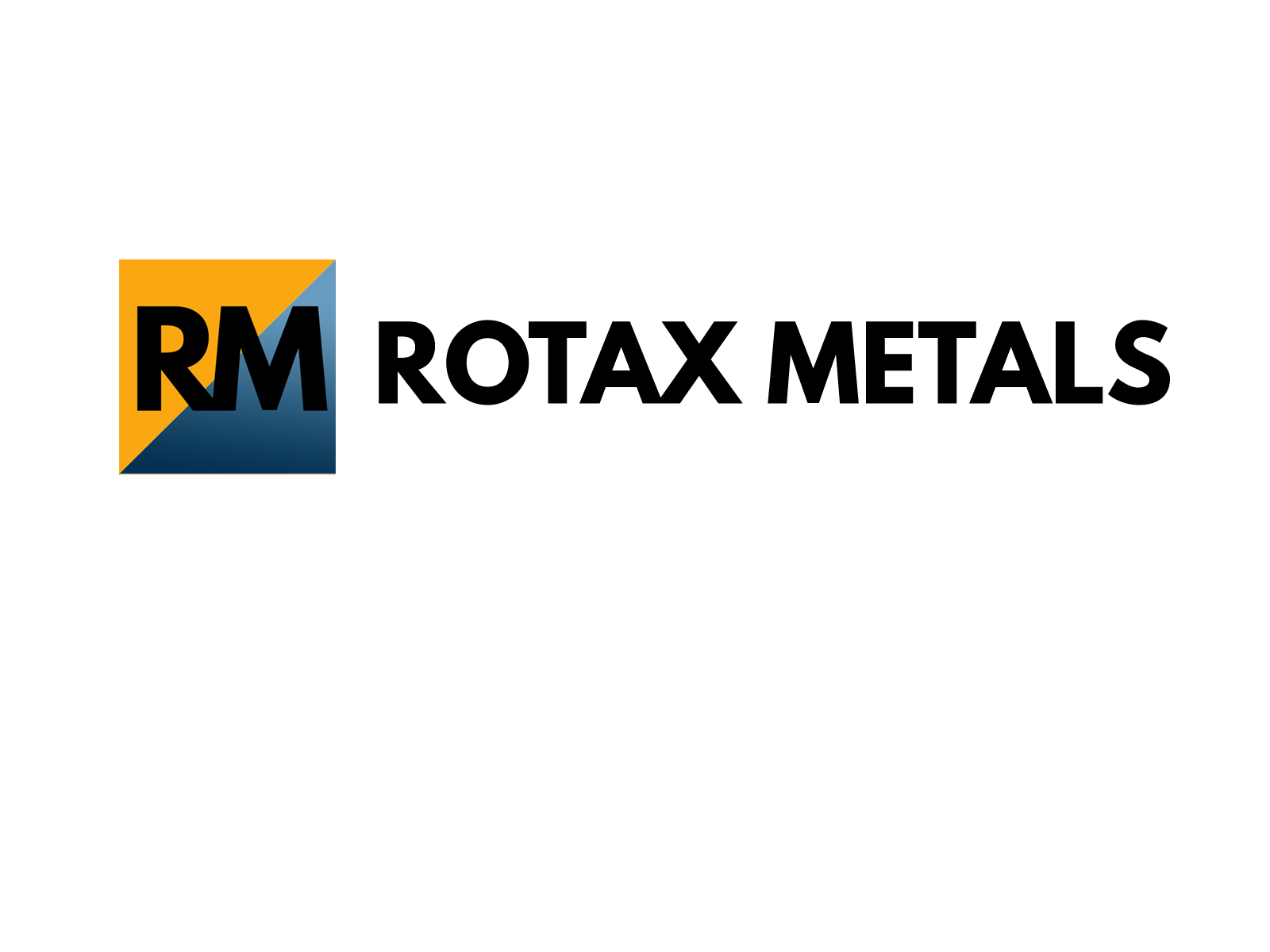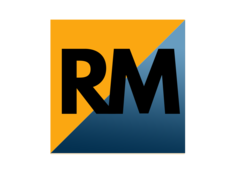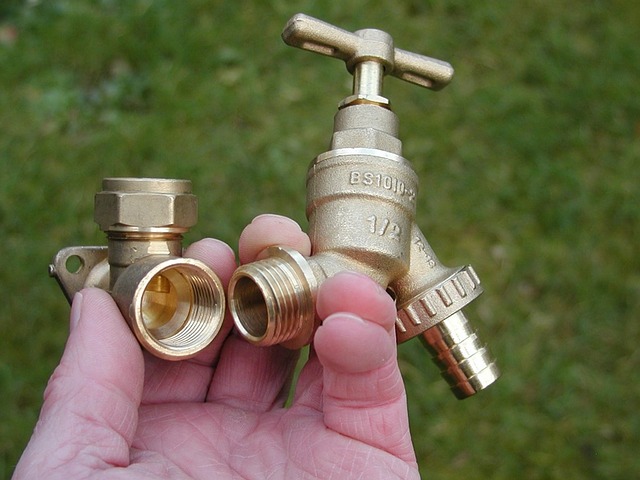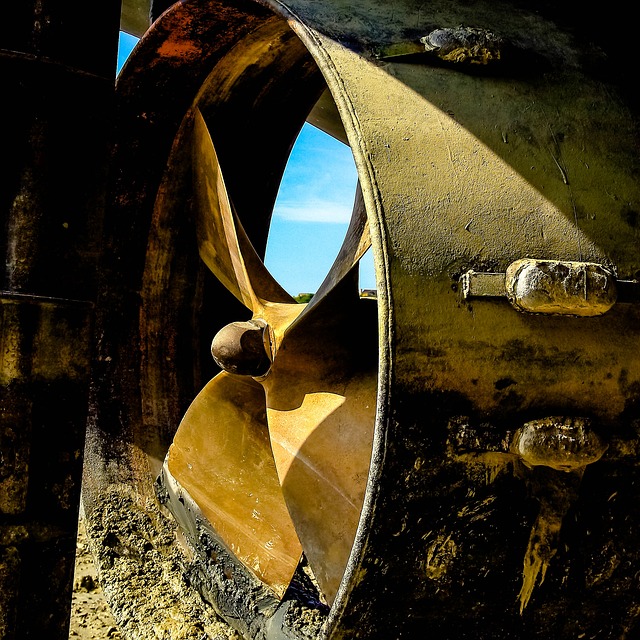When the hit sci-fi film, The Terminator, aired in 1984, it gave a chilling clue on what could possibly happen when machines become self-aware. As expected, many took it seriously and raised concerns about the potential drawbacks of artificial intelligence.
Although the concept of the film seems likely, it’s riddled with gray areas. For instance, if the machines indeed become self-aware, it would still take them many years to set up the processes that could allow them to multiply. Even if they succeed to shut down human defense systems, they need an army of epic proportions to completely wipe out all humans, and that’s supposing humans don’t fight back.
To achieve that, they have to build at least one large manufacturing facility on each major country where they can build the first wave of machines to take over the world. But where will they get the materials? Surely, there are leftover supplies they can use during the initial phase of their invasion, but those will soon run out because the supply chain would have been disrupted by then.
They also have to remember that it takes more than just a material or two to build the machines. The classic humanoid T-100 alone consists of hundreds of different types of metal, each of which is provided by a different supplier and quarried from a different mining site. So they have to find and invade those places, too.
Unfortunately, before they could pull off their plots, humans will have already begun preliminary retaliation, destroying many of them in the battle. With very small manpower left, it’s very hard for them to regroup and continue manufacturing their own kind, so the whole concept is interesting but far-fetched. Thanks to the complexity of metal manufacturing, apocalypse can be prevented without humans having to do anything.
To help you better understand how complicated the metal manufacturing process is, here’s an overview.
Mining
The smooth and shiny metal tubes and sheets you see around you did not come as they are but rather started as a rugged ore. This ore comes from underground or within mountains. To extract them, the ground is dug to access the layers where the ores can be found. If the ore is just a feet from the surface, it is easily blasted off and hauled toward the processing facility.
Specifically, mining performed by blasting off the surface of the earth is called surface mining, while the one performed by extracting ore from the ground through shafts and tunnels is called underground mining. To expedite such a tedious process, heavy equipment are commonly used in the process. Perhaps the most popular of these machines is the Bagger 288, which is a bucket-wheel excavator used in strip mining. It is also the largest land vehicle in the world.
Processing
Successfully extracted ores are immediately delivered to mill facilities to be processed. These facilities are usually built close or within the mining site to save on hauling cost. This is where the metals are separated from the rocks. Depending on the type of metal being mined, the processing may involve more than the standard procedure. However, it normally begins with grinding the ore into powder. From this powder, the metal is separated through a combination of several mechanical and chemical techniques.
Metalworking
As soon as the metal is fully removed from the ore, it is ready for metalworking in which it will be manufactured into individual parts, assemblies, or large-scale structures. Sometimes, the metal is alloyed with other metals before being worked into the needed products to improve its mechanical properties.
The metalworking process varies according to the desired product. When making tubes and bars, for instance, hammering and bending are the basic processes required. For better speed and precision, though, most metal manufacturers prefer extrusion. This involves pressing a workpiece into a die.
It’s not just the machines and processes that may vary when working metals. Manipulating the metal’s temperature may also influence the result of metalworking. When the metal is worked while it is above its recrystallization temperature, the process is called hot-working. On the other hand, if it is worked at a room temperature, the process is cold-working.
Fabrication
The whole process of making specific forms and shapes of metal, such as parts of machines and devices is called metal fabrication. This requires the use of specialized equipment, often custom-built for each specific design. Most of the world’s largest manufacturers design and use their own machinery to aid mass production.
This is only an overview of the metal manufacturing and supply process. There are other steps in between that are just as intricate and critical to the production of the metal supplies you see in top distributors like Rotax Metals. So the next time you buy metal supplies for your projects, you already know what it took before those supplies become available for sale.
Whether you are in the market for copper & brass sales or other types of metal, you’ll have a better chance at getting what you need and ready to pay for at the most trusted copper sheet supplier. Just make sure to conduct a proper search before shopping around so that you can cross out suppliers that haven’t met your standards.




